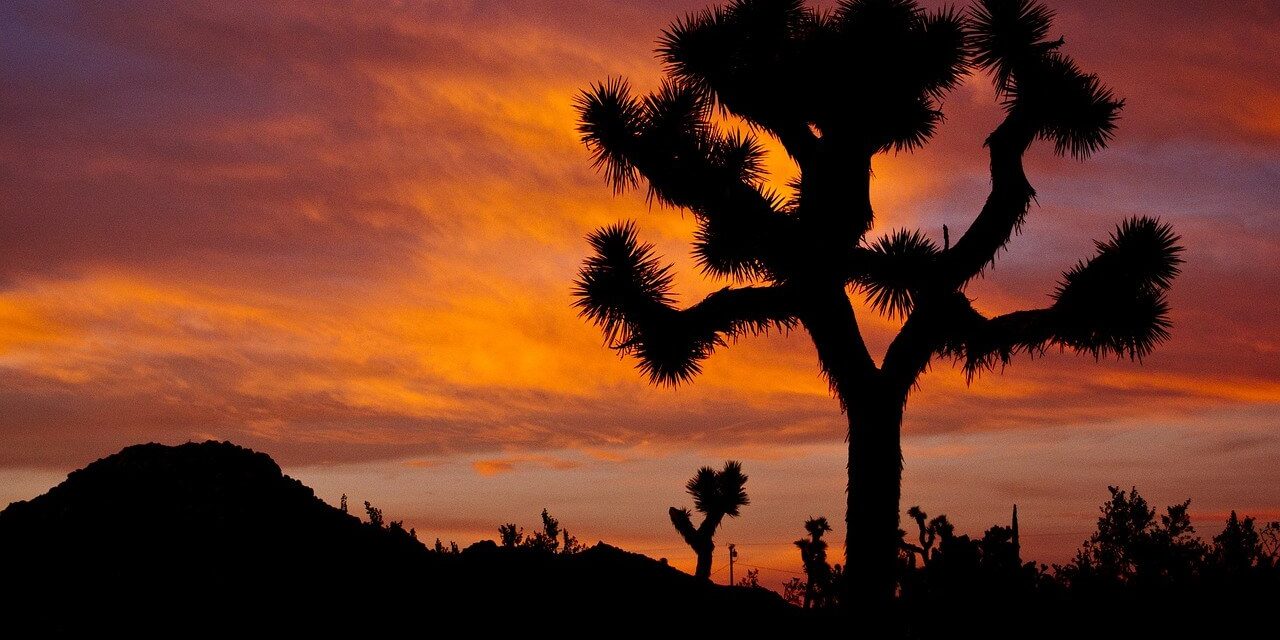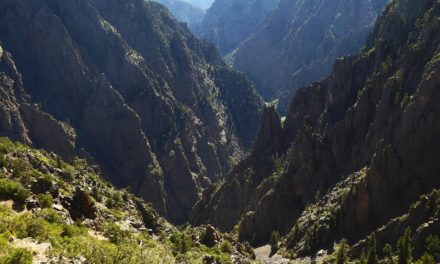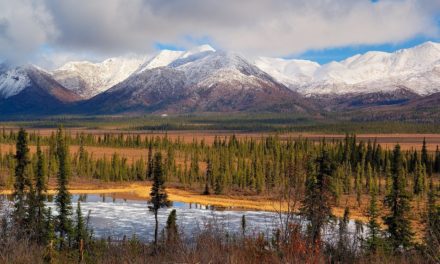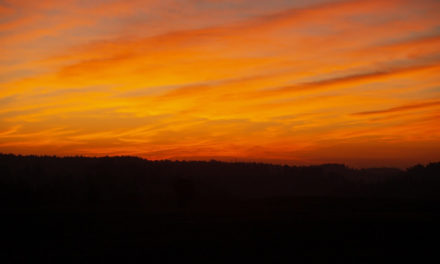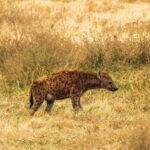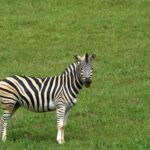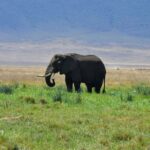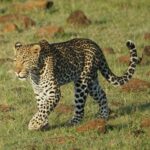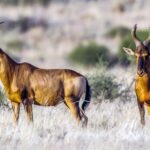Table of Contents
Overview / About
Joshua Tree National Park, located in southeastern California, is where two distinct desert ecosystems, the Mojave and the Colorado, meet. The park gets its name from the quirky, twisted Joshua Trees that dot its rugged landscape. Famous for its dramatic rock formations, starry night skies, and desert silence, Joshua Tree is both a geological wonder and a spiritual retreat for many. It’s a place where the desert’s beauty meets an almost otherworldly tranquility.
Wildlife & Nature
The park’s landscape is shaped by ancient granite monoliths, desert plains, and scattered oases. The Mojave Desert, at higher elevations, is home to the iconic Joshua Tree and vast rock gardens. The lower Colorado Desert is warmer and more arid, supporting creosote bushes and cholla cactus. Wildlife here has adapted to extreme conditions, desert bighorn sheep, coyotes, jackrabbits, and the elusive desert tortoise are among the residents. Birdwatchers often spot roadrunners, hawks, and owls.
Experiences & Activities
Joshua Tree is an adventurer’s paradise.
- Rock Climbing: With over 8,000 climbing routes, it’s a global hotspot for climbers.
- Hiking: Trails like Hidden Valley, Barker Dam, and Ryan Mountain showcase the park’s raw desert beauty.
- Stargazing: Recognized as an International Dark Sky Park, the night sky here is breathtaking.
- Photography & Art: The surreal landscape inspires countless artists and photographers.
- Camping: Sleep under the stars at campgrounds like Jumbo Rocks or Indian Cove for a true desert experience.
Best Time to Visit
Spring (March to May) and fall (October to November) are the most comfortable times to visit, with mild temperatures and blooming wildflowers. Summers can be scorching, while winters bring crisp air and clear skies ideal for stargazing.
How to Reach & Park Entry
Joshua Tree National Park lies about 140 miles east of Los Angeles. The main entrances are:
- West Entrance: Near the town of Joshua Tree.
- North Entrance: Near Twentynine Palms.
- South Entrance: Off I-10 near Cottonwood Spring.
The park is open year-round, and private vehicles require an entry pass, which can be purchased online or at the gates.
Where to Stay / Camping Options
The park offers several campgrounds, Jumbo Rocks, Hidden Valley, and Black Rock are among the most popular. Nearby towns like Joshua Tree, Twentynine Palms, and Yucca Valley offer lodges, cabins, and desert-style rentals for added comfort.
Travel Tips / Safety Notes
- Carry plenty of water; dehydration is a real risk in the desert.
- Summer temperatures can exceed 100°F, avoid midday hikes.
- Mobile service is limited; download maps offline.
- Respect desert wildlife, don’t disturb animals or cacti.
- Layer clothing for chilly desert nights.
Conservation & Responsible Tourism
Joshua Tree faces challenges from climate change and heavy visitation. Visitors can help by staying on marked trails, avoiding trampling vegetation, and packing out all trash. Support park conservation programs and respect the fragile desert ecosystem, every step makes a difference in preserving this timeless landscape.

